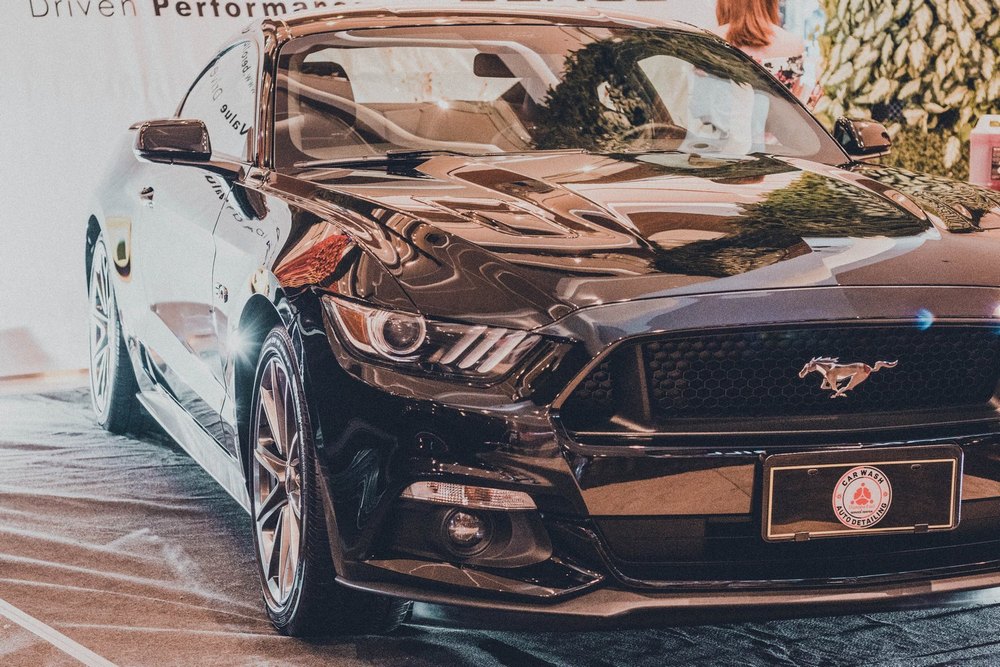Every car comes with certain aspects designed by engineers to serve a purpose. We can mention some of these as being very crucial while others are not. Let’s look at wheel bolts, for instance. We’re talking about a few bolts that may seemingly be unnecessary, but they secure the wheels of your car. While you could fit any wheel into any car in an ideal world, things work completely differently in the real world. One thing that rings in mind when talking about wheels is a wheel bolt pattern, or simply, bolt pattern.
What Is a Wheel Bolt Pattern?
Bolt patterns are the markings that determine the number of bolts needed to fit a wheel to a car and the space between them (the bolts). Have you read 5×114.3 or 4×100 and wondered what it means? The first number represents the number of bolts, while the second represents the diameter of an imaginary circle marked through the center of each bolt hole. Hence, a 5×114.3 bolt pattern means five bolts and a 114.3mm circle diameter. As for the 4×100 pattern, it means four bolts and a 100mm diameter.
Perhaps you have seen a car with only one bolt; that’s a center-locking wheel, and it could be much older than you imagine, well over a century old.
So, Why the Different Bolt Patterns?
This is somehow tricky to explain because there are two sides to it. While the first one makes much sense, the second one is because of engineers (sure, many modern wonders can be credited to engineers).
A bolt pattern comprises two parts. Let’s look at the first part- the bolt number. From this standpoint, manufacturers typically consider the car’s weight to determine the number of bolts. Hence, it is no surprise that a 2000 lbs Corolla features four bolts, while an IS250 weighing 3500 lbs. has five. You may also have realized that most trucks have 6 or 8 bolts. As you can see, the heavier the vehicle, the more bolts it needs. That makes sense, right?
As for the diameter, which doesn’t make any sense at all, there being no standards about this, manufacturers had the freedom to do what they wanted with it. That’s why there are at least 70 bolt patterns out there.
Is It Possible to Change the Bolt Pattern?
Now, this is where things get interesting, although the answer is in the affirmative. While possible, it may not be the most practical thing to do. Suppose you have your preferred wheel whose bolt pattern is incompatible with your car’s, you can choose to go with adapters (small metal pieces with pre-drilled holes meant to facilitate migration from one bolt pattern to another) as the easiest solution. Simply fasten adapters to the hub as you would mount a wheel. Thankfully, each adapter comes with screws and bolts needed to mount the wheel. In a nutshell, you’re using a piece of steel with holes to switch between bolt patterns.
Conclusion
So, what lesson do we take home today? That bolts have patterns, and while they may not make sense, we must deal with them regardless of how much we don’t like the fact that there are so many out there. Yes, the explanation behind the bolt number makes perfect sense, while the diameter may not.
